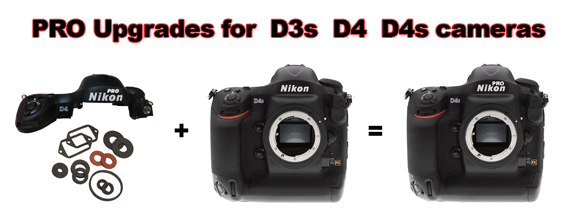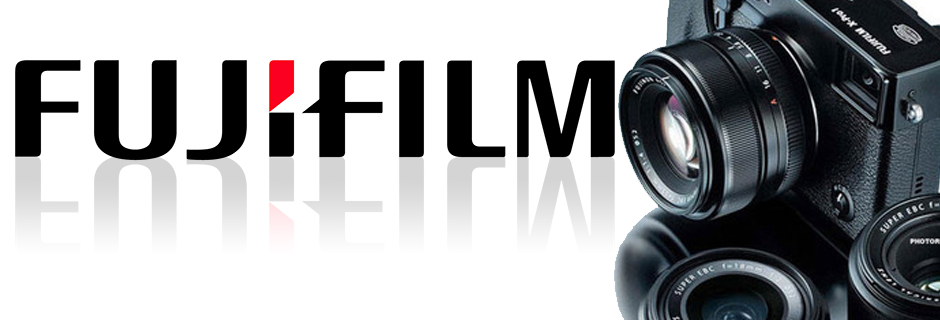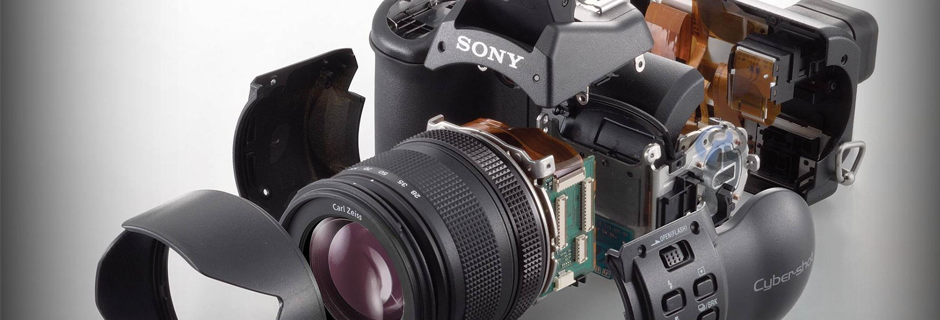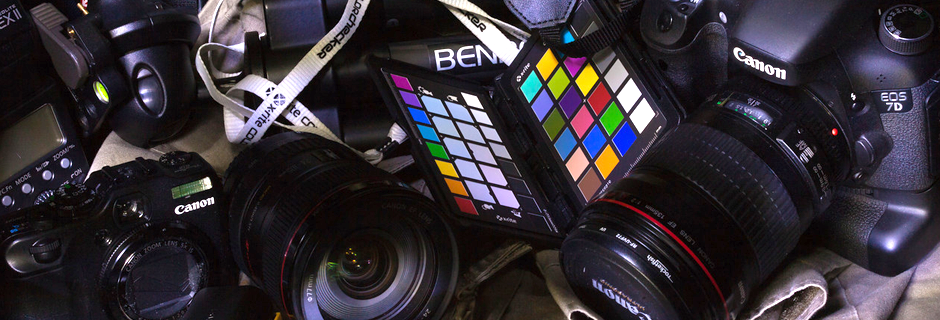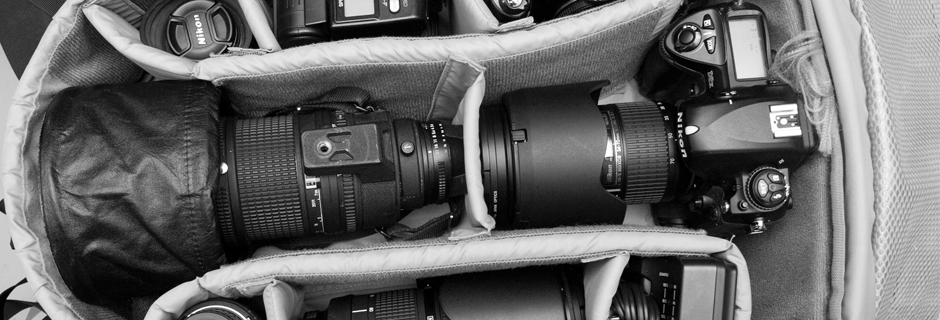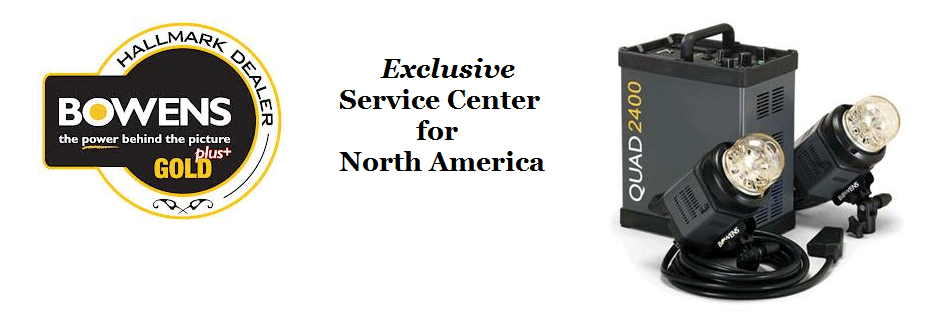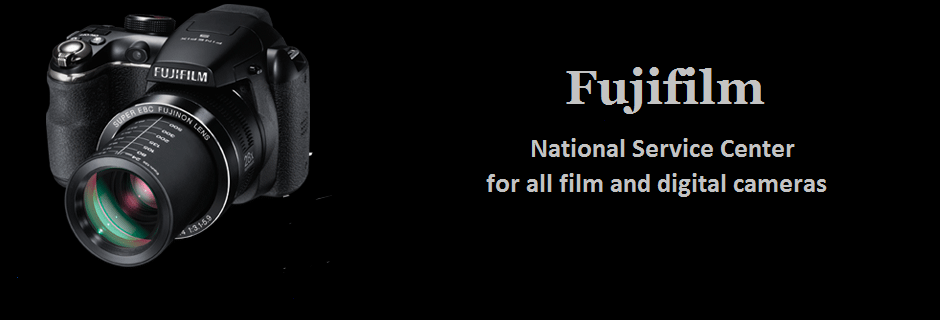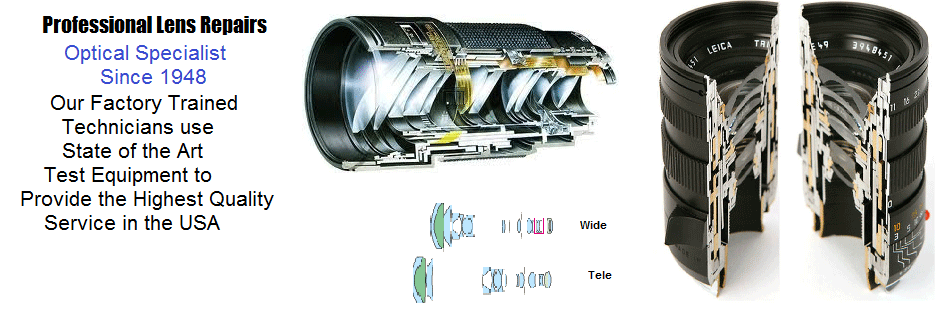Nikon D4s review of primary features
Nikon D4S Primary Features
- Advanced AF performance that responds to the strict demands of professional photographersHigh-performance AF that more accurately acquires and tracks the intended subject, even under extreme conditions Reflection of ideas from professional photographers and repeated simulation of various advanced techniques they often use has resulted in the very precise subject acquisition and tracking performance that these photographers require, and upon which they can rely, under the most extreme conditions. Very precise adjustment of AF algorithms based on the Advanced Multi-CAM 3500FX autofocus sensor module enables certain acquisition of even erratically moving subjects and those exhibiting little in the way of contrast. D4S autofocus performs even better, keeping the acquired subject in focus, even when it is coming closer, or moving away, at high speed. What’s more, the D4S offers better balanced AF control with more precise focusing on the intended subject, and more accurate tracking of that subject, even when photographing team sports, such as soccer and rugby, when action may temporarily obstruct the intended subject.5 AF-area modes for flexible focusing In addition to the four time-tested modes built into the D4—Single-point AF, Dynamic-area AF (9-, 21-, 51-point), 3D-tracking, Auto-area AF—the D4S is equipped with a new Group-area AF AF-area mode for more powerful and versatile autofocusing. When Group-area AF is selected, the camera uses one focus point selected by the user and one each above, below, to the right, and to the left of the selected focus point, for a total of five focus points, for focusing. By capturing the subject within the five-point group, even if it is small and moving quickly and erratically as is often the case when photographing athletes and animals, the intended scene can be captured with greater certainty without focus shifting to the background. In addition, an AF-area mode can be assigned to the AF activation button on super-telephoto NIKKOR lenses. When this is done, the specified AF-area mode is enabled while the AF activation button is held down. This enables strategic switching between the AF-area mode selected with the camera and a different AF-area mode assigned to the AF activation button, allowing users to switch back and forth between vital modes instantly, without ever taking their eye off the subject, when photographing a variety of scenes that change drastically. This allows users to better maximize AF performance between bursts of high-speed continuous shooting at approximately 11 fps* with AF and AE tracking.
- *Measured according to CIPA guidelines. Value with shooting in AF-C autofocus mode, [S] or [M] exposure mode, shutter speed of 1/250 s or faster, all other settings at their default values.
Powerful AF with a variety of combinations of NIKKOR lenses and teleconverters The D4S is equipped with 51 focus points capable of acquiring the intended subject throughout the frame. 15 cross-type focus points at the center of the frame use phase-detection AF to detect the subject horizontally and vertically, and as all 51 focus points support a maximum aperture of f/5.6, the performance of line sensors and cross-type sensors is fully utilized with all AF NIKKOR lenses. In addition, the 15 focus points (9 at the center of the frame, and three each to the left and right of these 9)*1 support maximum apertures faster than f/8, and 11 focus points (9 running horizontally at the center of the frame and 1 each above and below)*2 support maximum apertures of f/8. This results in stress-free focusing, even when using 1.4x or 1.7x teleconverters, and certain autofocusing capability when a 2.0x teleconverter is used with super-telephoto NIKKOR lenses for a combined maximum aperture of f/8.
- *19 focus points at the center of the frame function as cross-type sensors; the remaining 6 focus points function as line sensors.
- *21 focus point at the center of the frame functions as a cross-type sensor; the remaining 10 focus points function as line sensors.
- Superior image quality with stunning sharpness and enhanced depth that responds more completely to the demands of professional photographers and supports the speed press photographers requireBeautiful image quality straight out of the camera Press photographers working on-site demand not only certain capture of decisive moments, but also the ability to quickly transmit their photos as soon as they are taken. Understanding this need, the D4S captures JPEG images with stunning sharpness, enhanced depth, and natural skin tones that allows use of these images straight out of the camera. Less noise with shooting at high sensitivities and a range of standard sensitivities from ISO 100 to ISO 25600 enables images exhibiting sharper edges and smoother, more beautiful colors throughout the entire range (sensitivity can also be reduced to the equivalent of ISO 50 (Lo 1), or increased up to the equivalent of ISO 409600 (Hi 4) as shooting conditions demand). Images captured with the D4S also exhibit little significant loss in resolution, even when cropped for use in newspapers, magazines, or online. An effective pixel count of 16.2-million pixels, and the new EXPEED 4 image-processing engine and Nikon FX-format CMOS sensor, both developed by Nikon with meticulous research and repeated simulations, contribute greatly to these capabilities.Accurate white balance for healthy skin tones and textures Auto white balance achieves healthier, more vivid skin tones under a variety of lighting conditions. Adoption of a new image analysis system enables more accurate extraction and identification of white portions within the frame. In addition, as white balance can be fine-tuned in smaller steps than ever before, more precise settings can be specified. The D4S is also equipped with a spot white balance option that allows users to manually measure white balance data beforehand from even a very small white or gray portion of the frame. When the D4S is unable to accurately or satisfactorily measure preset white balance data, simply changing the area from which data is measured as many times as needed eliminates the need for repeating the process from the beginning. This helps to increase shooting efficiency for professional photographers who must work quickly when on-site.
- Exclusive Nikon technologies and functions for more convenient and smoother workflowA high-performance viewfinder with greater visibility achieved with suppression of viewfinder image shake during continuous shooting Improvements to components such as the mirror bouncer with the D4S suppress shake caused by mirror bound movement for more stable display of the viewfinder image. Viewfinder visibility with continuous shooting has also been improved with a shorter viewfinder blackout time and continuous display of the active focus point, even when the shutter is released.RAW S Small* (12-bit uncompressed) image size option A new RAW S Small option that records images using 1/4 the number of pixels used for full-sized RAW images has been added. This makes editing images on a computer after they have been taken faster and more convenient (file size is approximately 1/2 that of 12-bit uncompressed RAW L Large images).
- *Editing functions built into the camera and available from the Retouch menu, such as NEF (RAW) Processing and Image Overlay, cannot be applied to images captured at this setting.
1000BASE-T support The D4S is equipped with an Ethernet connector (compatible with the 1000BASE-T standard) that enables smooth transfer of high-quality image data, regardless of the format in which it was recorded (JPEG, NEF, TIFF), after capture.
LCD monitor with function for customizing colors The D4S is equipped with a 3.2-inch, approximately 921k-dot wide viewing angle TFT LCD monitor with which the protective glass and LCD panel have been integrated to suppress internal reflections. Display characteristics have been carefully adjusted for more faithful color reproduction. In addition, the camera is equipped with a function that allows users to customize colors to suit their individual preferences.
A form and layout for operational controls that make the camera easier to hold and operate The shape of the grip has been optimized to make holding the camera more comfortable, even for those with small hands. What’s more, thorough examination of the shape of the rear of the camera, and design and materials used for the sub-selector have resulted in a camera that offers a better hold and more reliable operation.
- D-Movie function for recording full-HD 1920 x 1080 60p/50p moviesMovies recorded at a frame rate of 60p exhibit smooth subject movement and changes in exposure, even when the brightness of the scene changes greatly. Noise is effectively suppressed throughout the full range of standard sensitivities (ISO 200-25600) for rich expression of tones and stunning sharpness that preserves details. The D4S offers selection from three image area* options that respond to imaging intent—FX-based movie format, DX-based movie format, and 1920 x 1080 crop. With recording at a setting of 1920 x 1080 crop, 1920 x 1080p full-HD movies are generated without resizing for stunningly sharp movies rich in detail.In addition, uncompressed movies can be recorded directly to an external HDMI device connected to the camera’s HDMI connector in movie live view mode. A dedicated HDMI cable clip is supplied with the D4S. When used with the optional HC-E1 HDMI cable, this clip prevents accidental disconnection of the HDMI cable from the camera. In addition, movie recording with the D4S is even more convenient as movies can be recorded to an external HDMI device and a memory card inserted in the camera at the same time.
The D4S responds to demands for movie recording with a variety of other capabilities as well, including the ability to change the image area in movie live view, and to enable Auto ISO Control for automatic adjustment of ISO sensitivity at a fixed shutter speed and aperture value.
The D4S also offers a new exposure smoothing function for time-lapse movie recording. This function smooths exposure between frames for less flicker in resulting movies.




